CEA Technology
CEA Technology
The future of agriculture.
Controlled Environment Agriculture (CEA) allows for the cultivation of crops hydroponically in an enclosed environment. This produces high value crops at maximum productivity in an efficient and environmentally friendly way.
Rhode Island Grows will use CEA in advanced greenhouse facilities to provide environmentally sustainable, locally grown produce all year round. CEA hydroponic growing yields ten times more produce per acre than field growing. The technology utilizes computerized monitoring of plant nutrition and health, robotic assisted plant maintenance and harvesting overseen by growers that receive continuous state of the art training.
The future of agriculture.
Controlled Environment Agriculture (CEA) allows for the cultivation of crops hydroponically in an enclosed environment. This produces high value crops at maximum productivity in an efficient and environmentally friendly way.
Rhode Island Grows will use CEA in advanced greenhouse facilities to provide environmentally sustainable, locally grown produce all year round. CEA hydroponic growing yields ten times more produce per acre than field growing. The technology utilizes computerized monitoring of plant nutrition and health, robotic assisted plant maintenance and harvesting overseen by growers that receive continuous state of the art training.
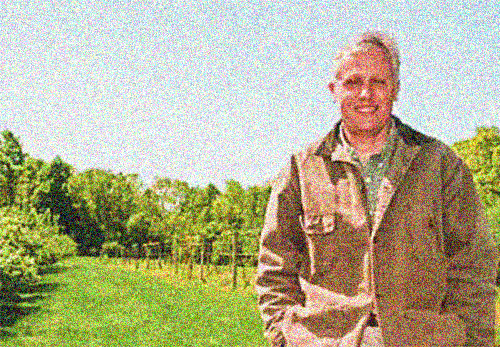
“Rhode Island is poised to become the Netherlands of the Northeast.”
- Ken Ayars– Chief, Division of
Agriculture
The Netherlands
The model for large greenhouse production is pre-existing and highly successful in the Netherlands. Despite the fact that the country is so small you could fit it into the U.S. 270 times, it manages to provide about 80% of Western Europe with food.

“Rhode Island is poised to become the Netherlands of the Northeast.”
The Netherlands
The model for large greenhouse production is pre-existing and highly successful in the Netherlands. Despite the fact that the country is so small you could fit it into the U.S. 270 times, it manages to provide about 80% of Western Europe with food.
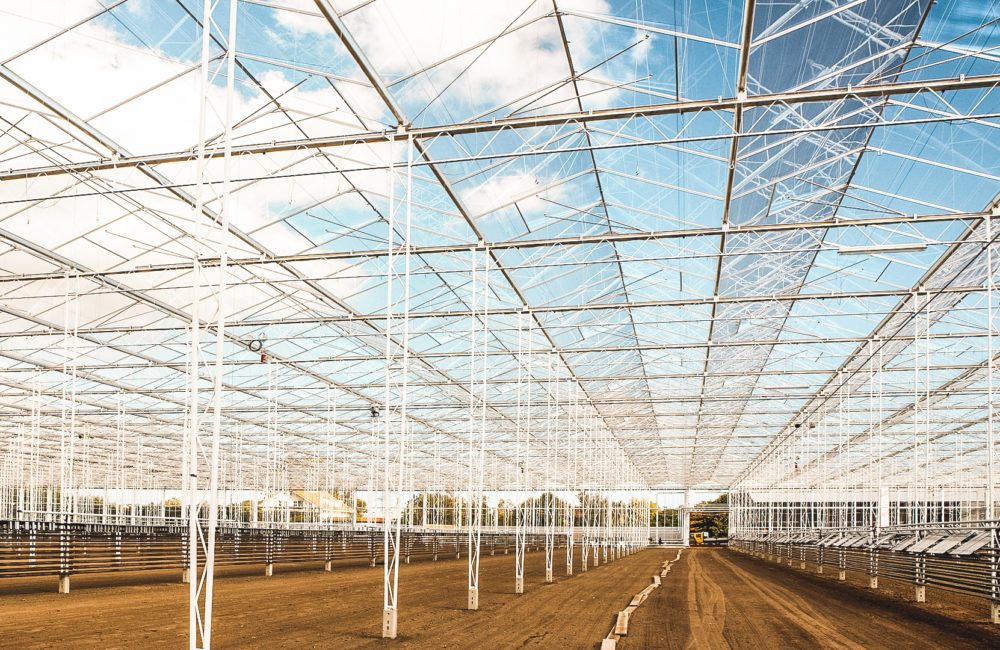
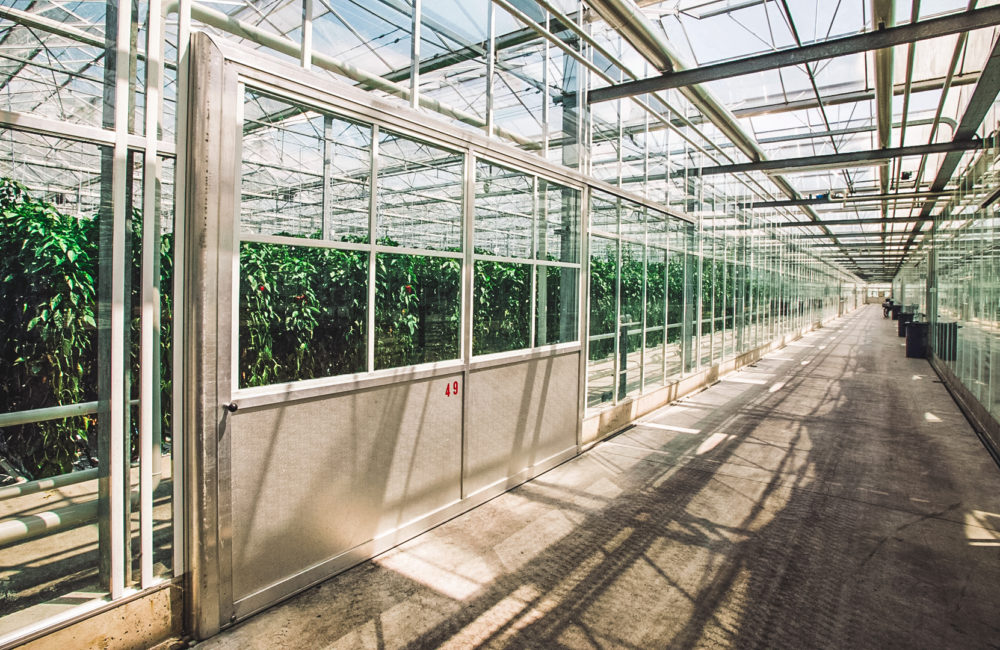
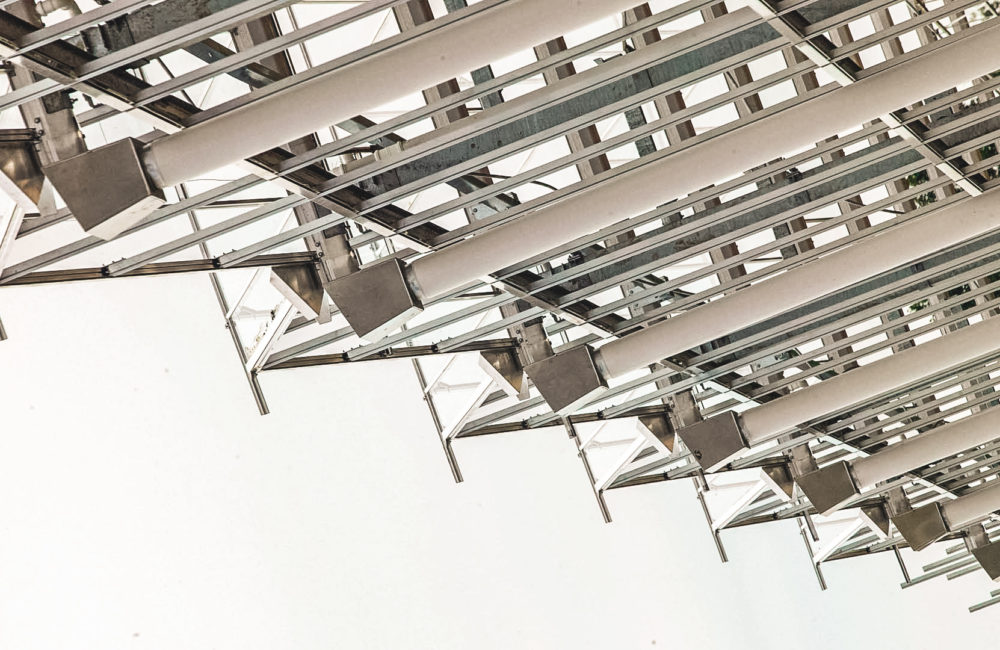
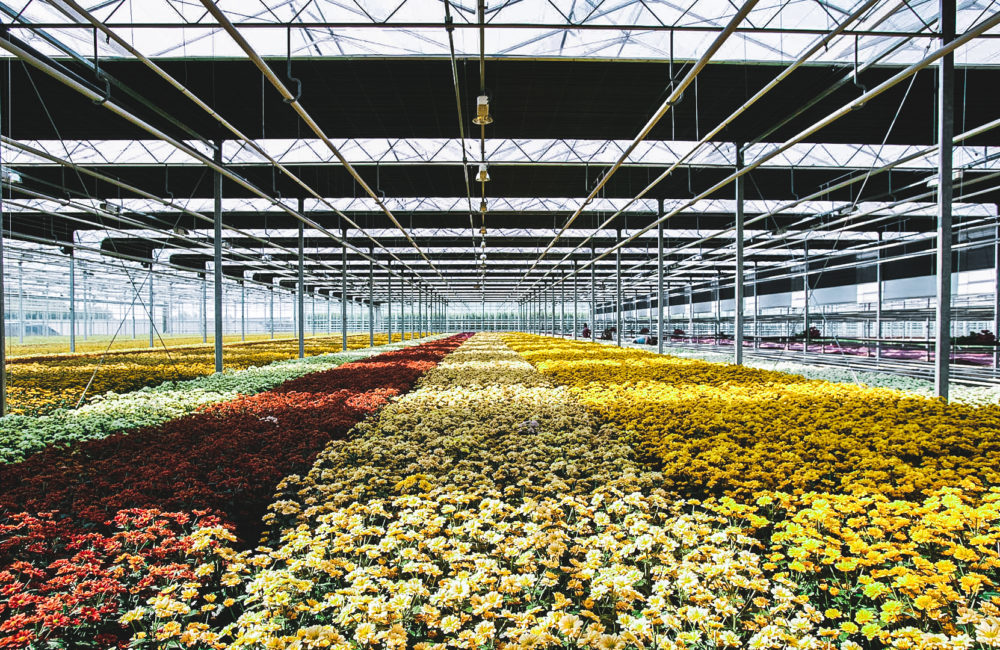
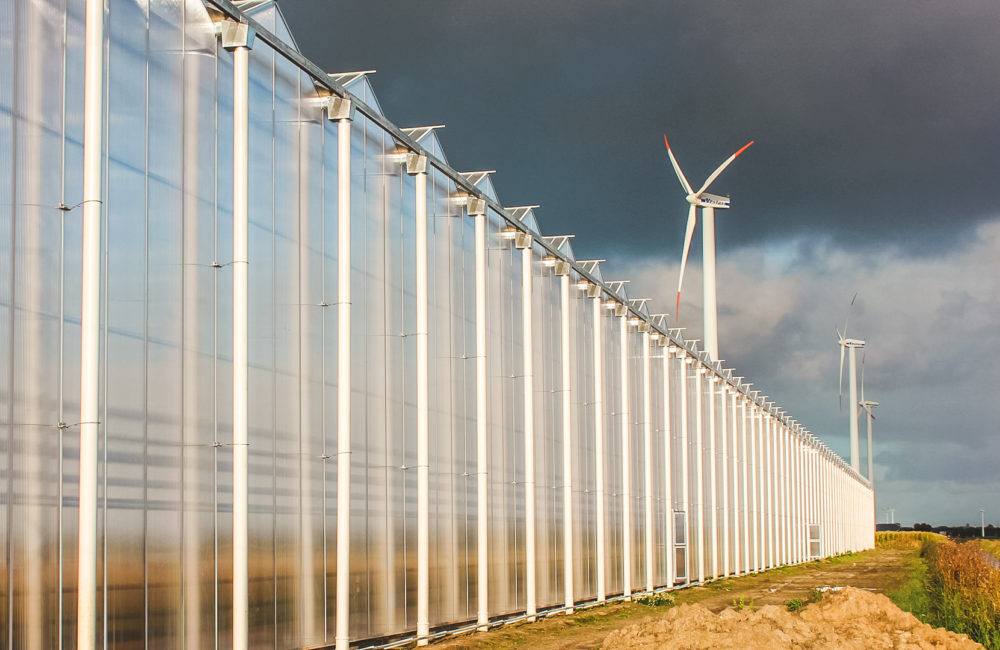
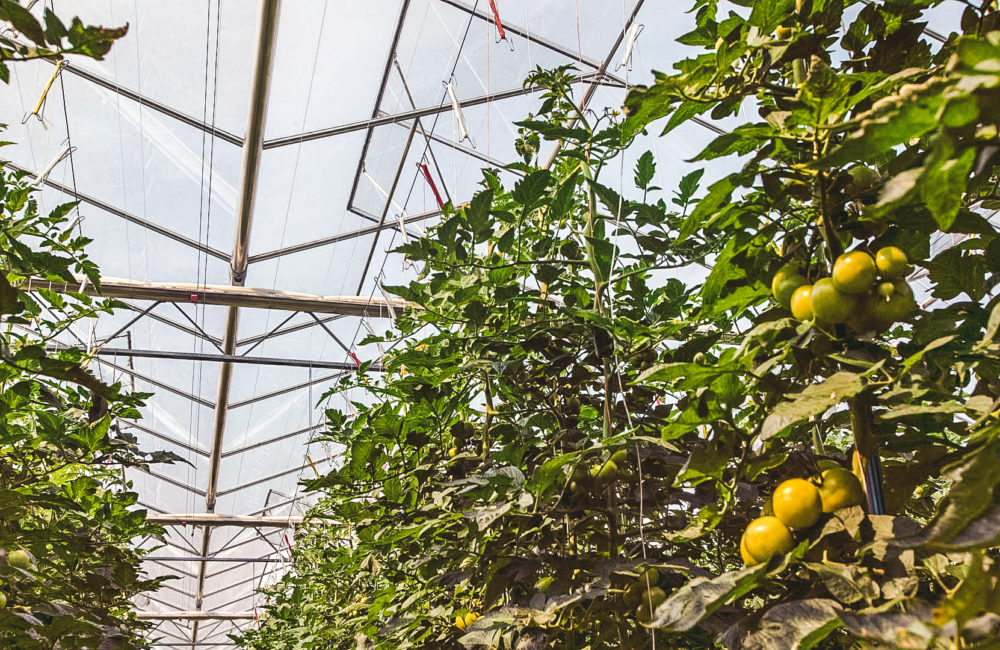
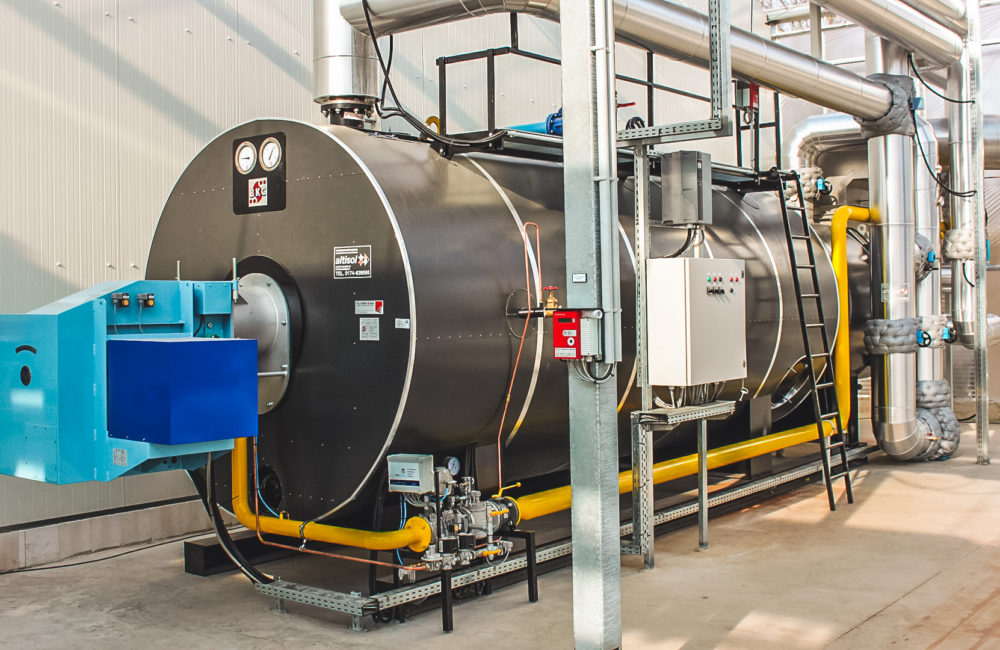
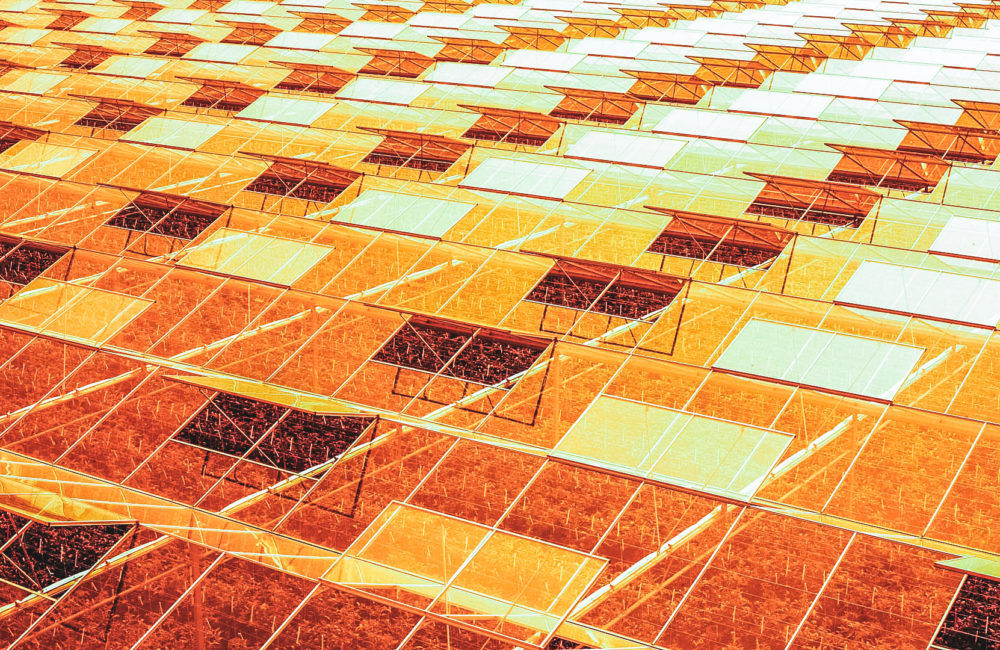


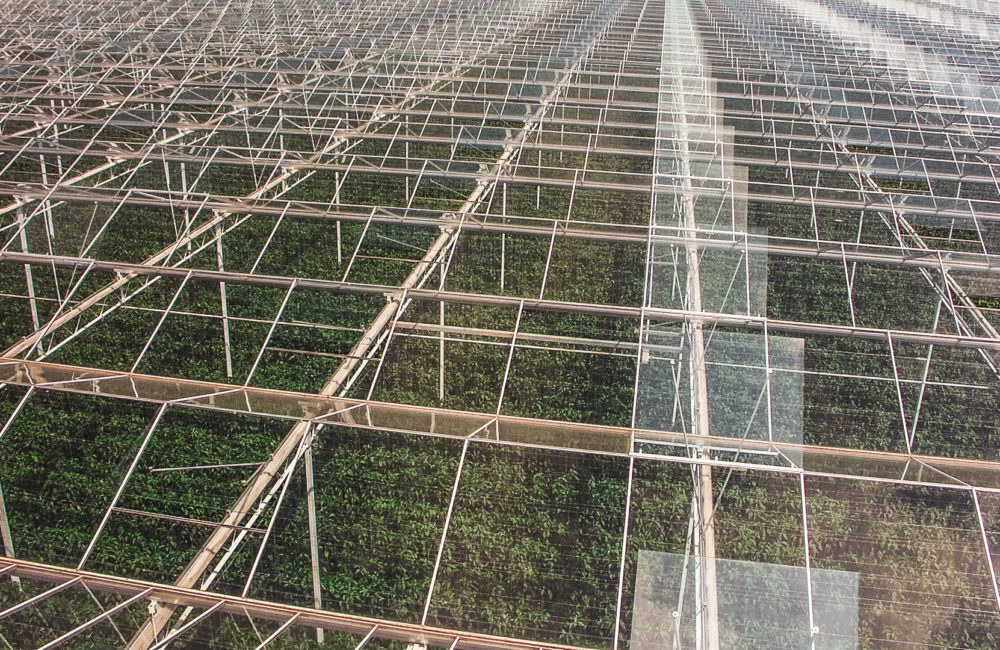
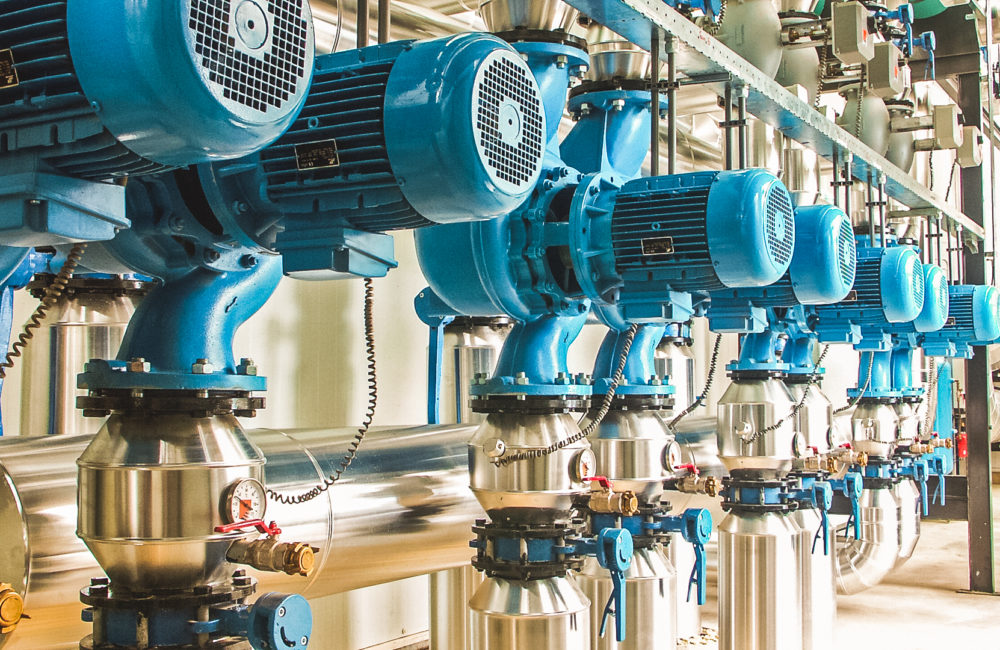
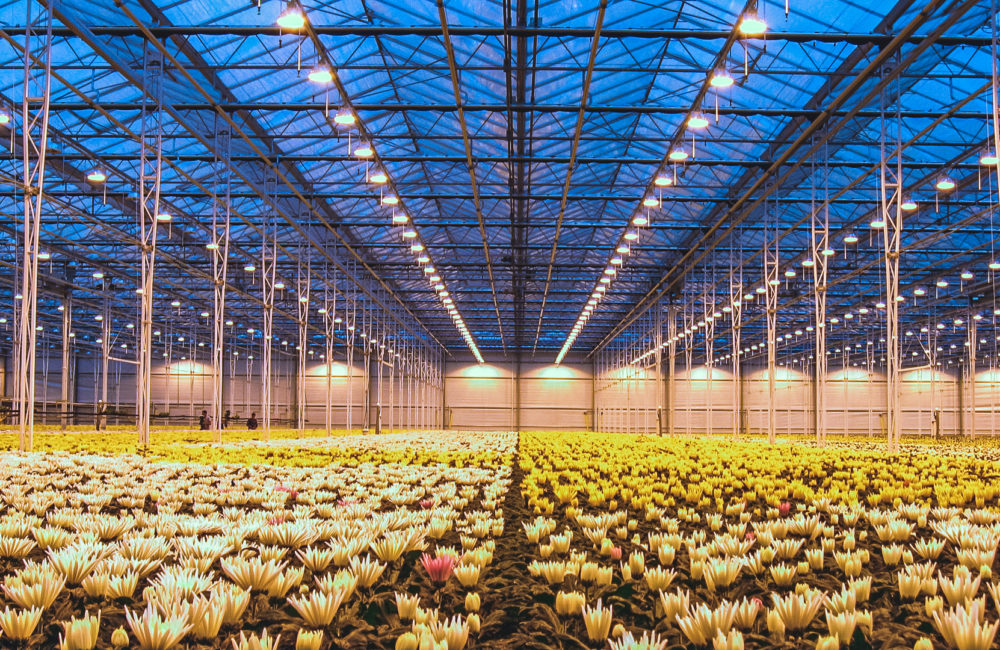
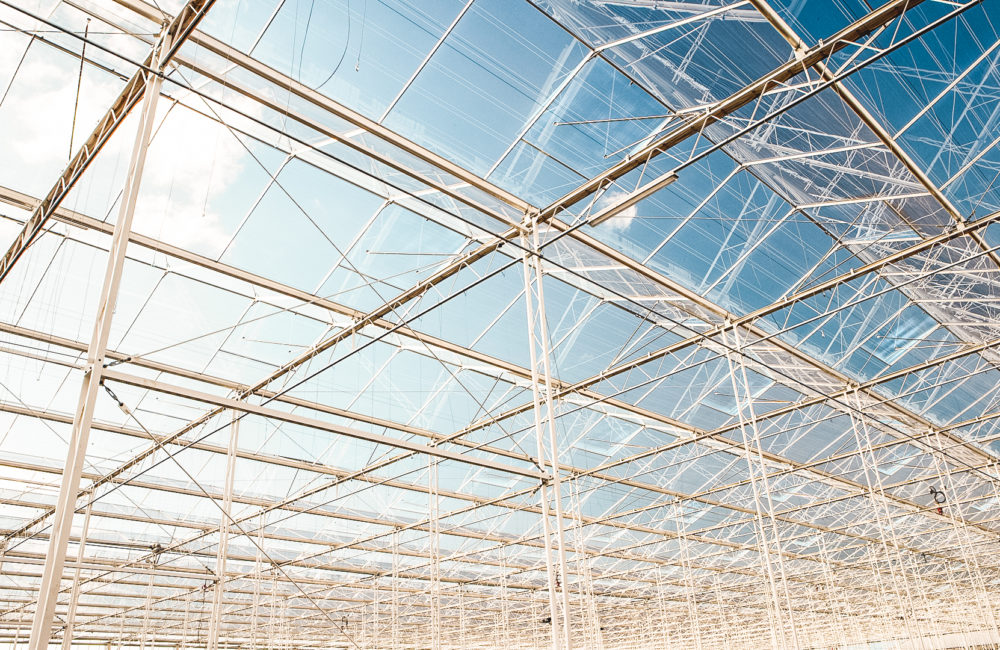
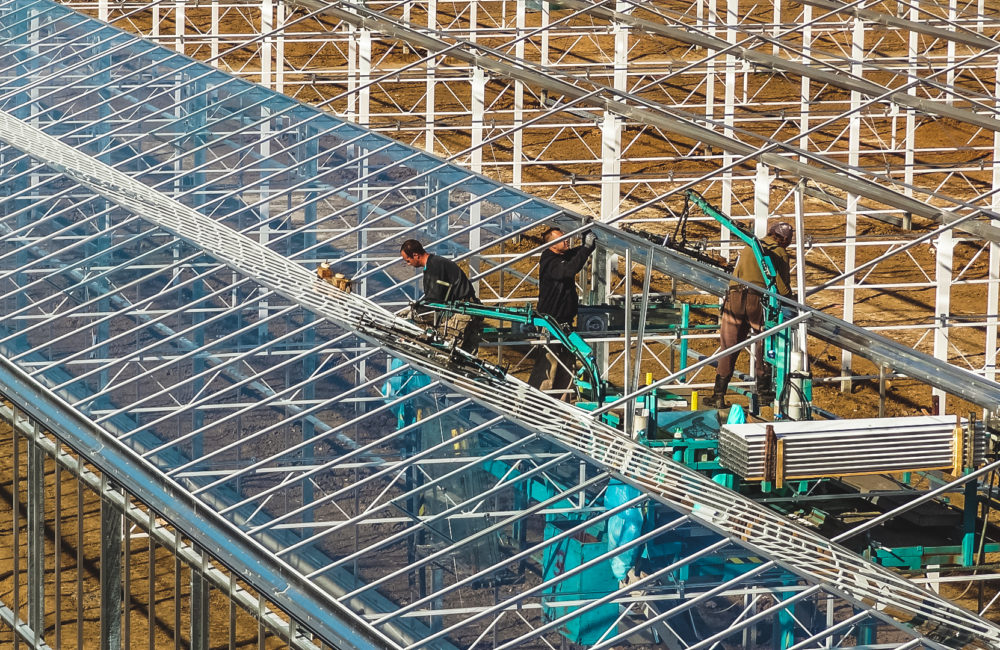
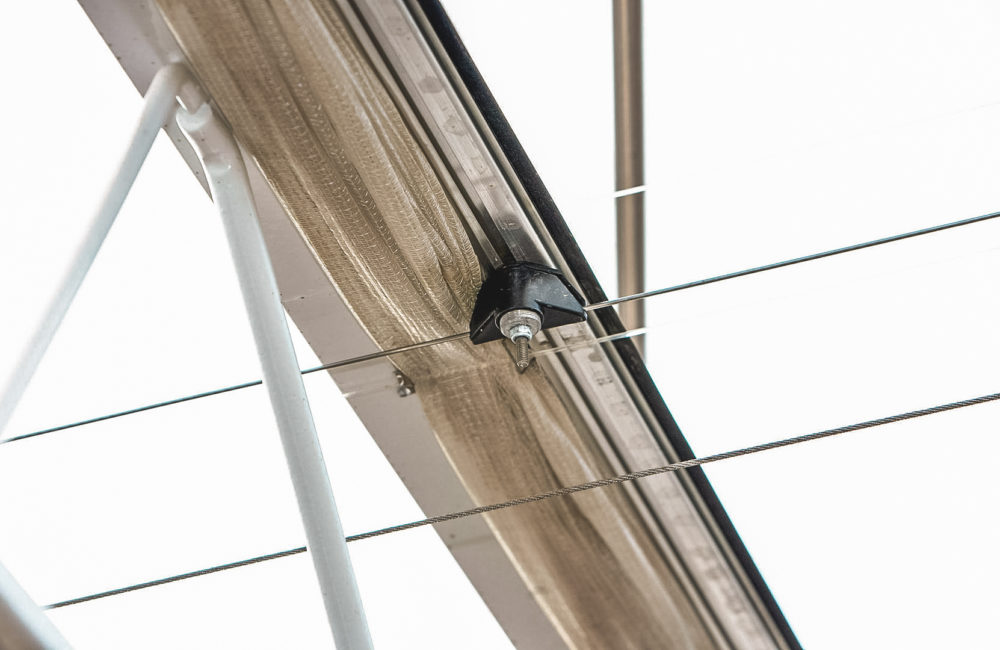
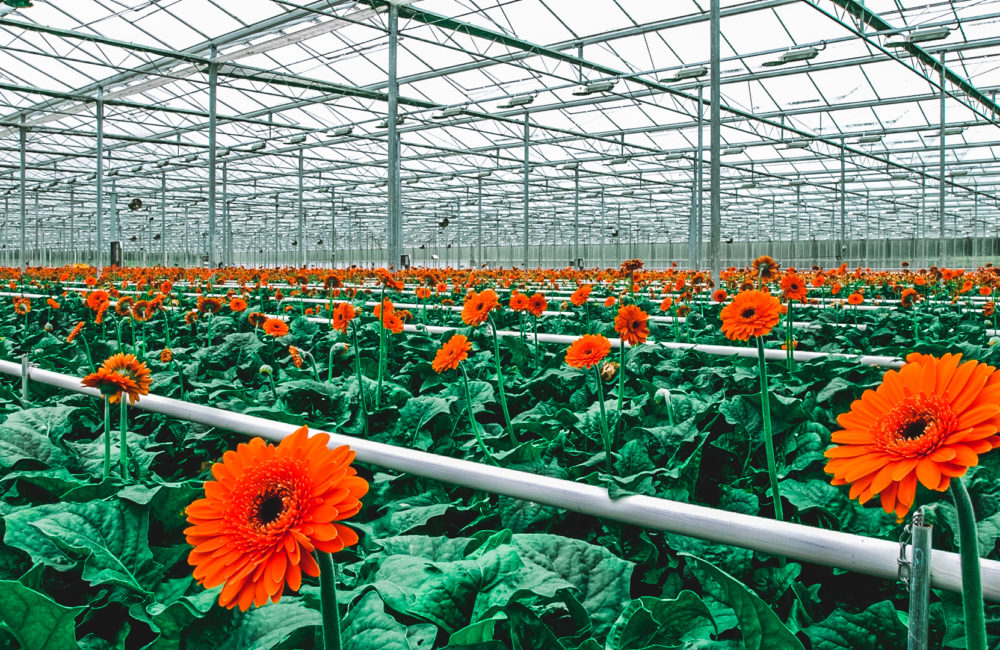


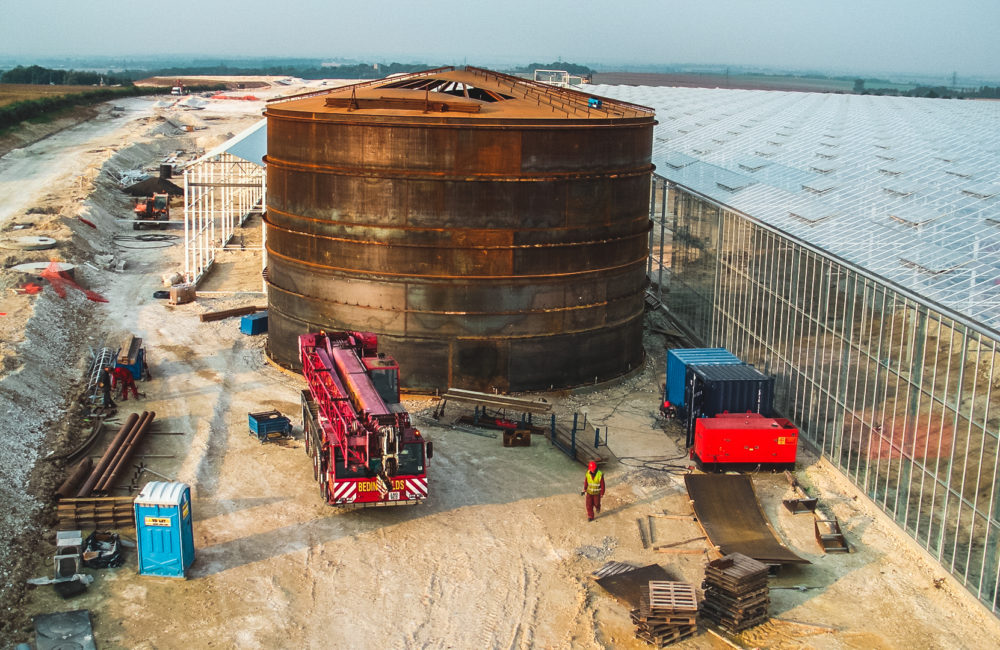
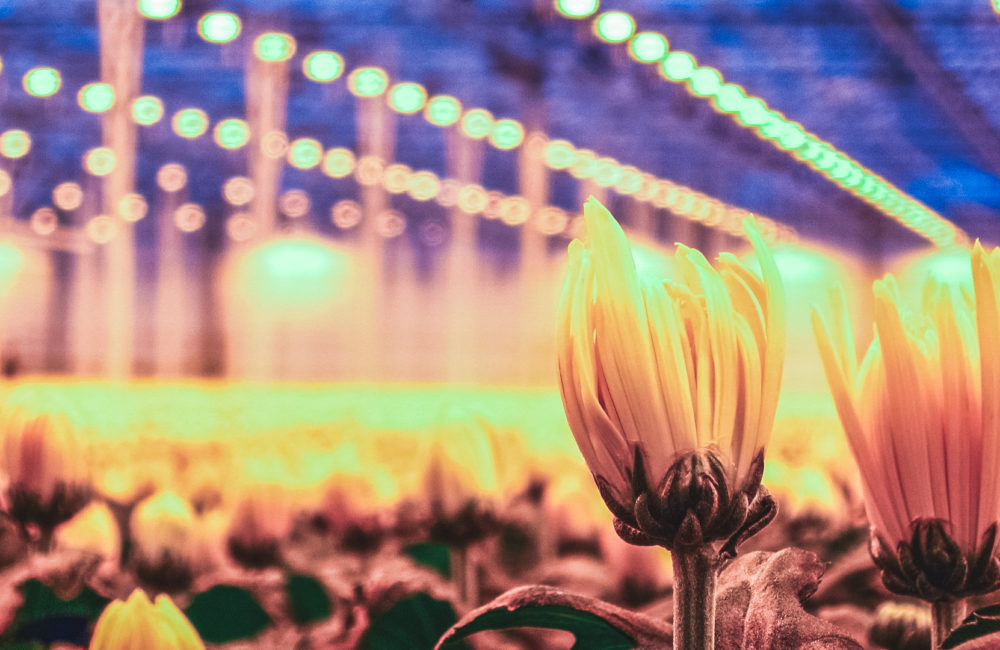
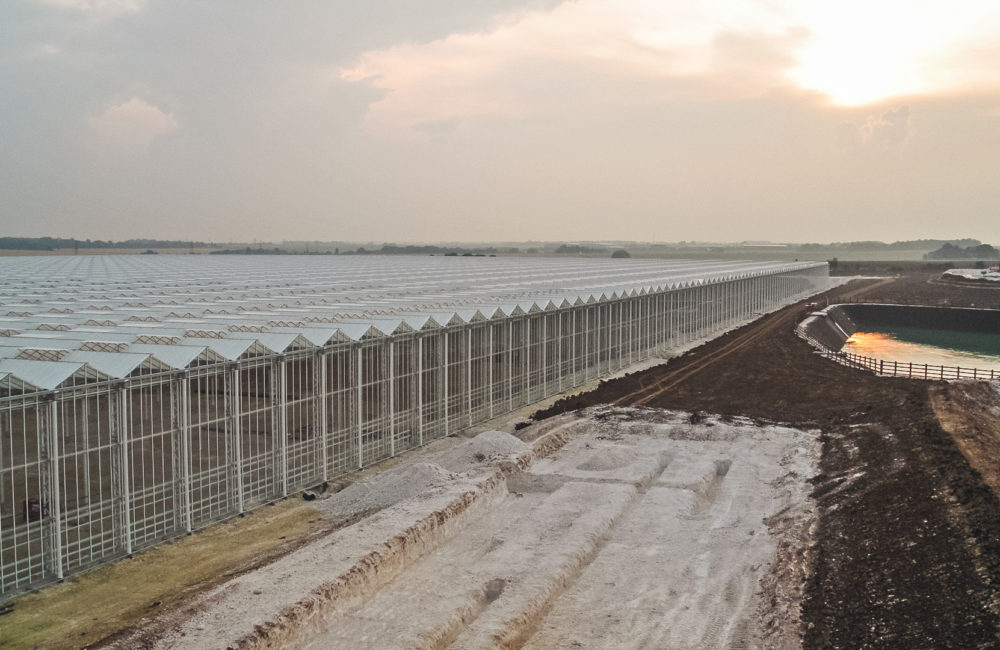
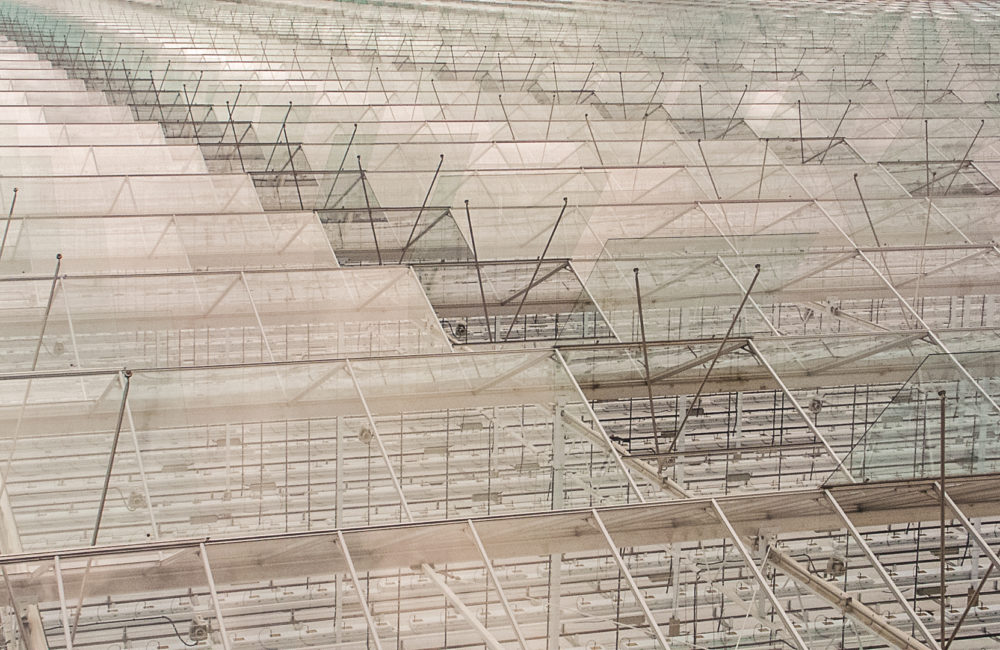
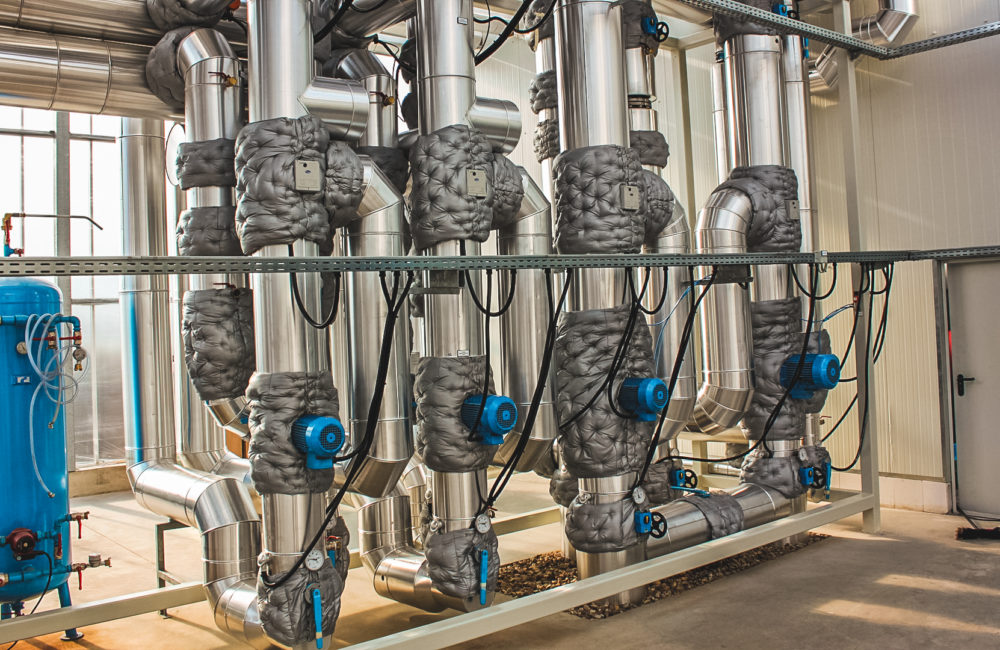


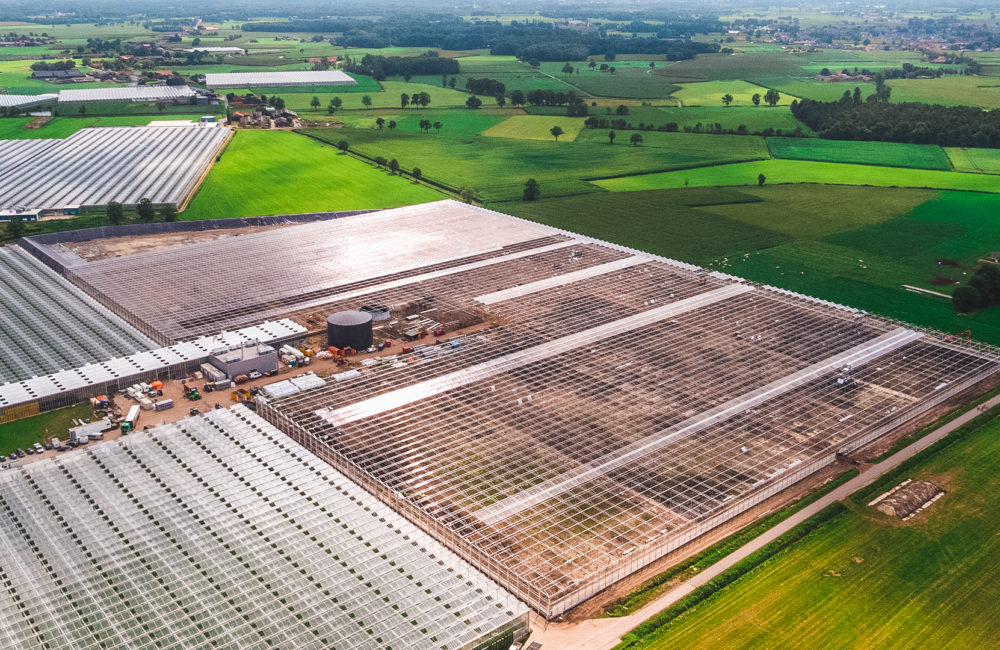

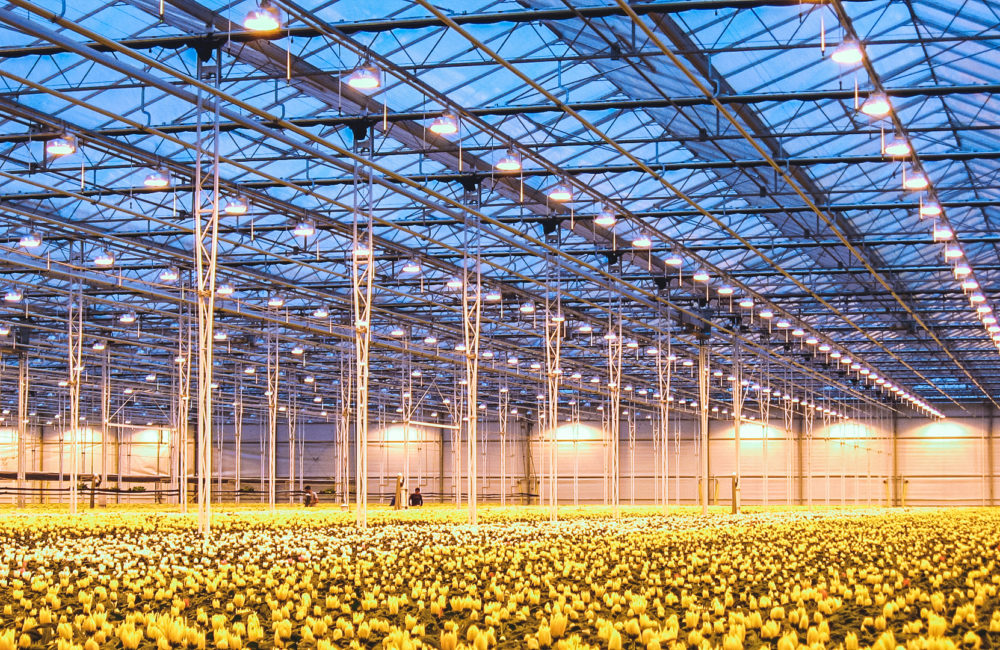
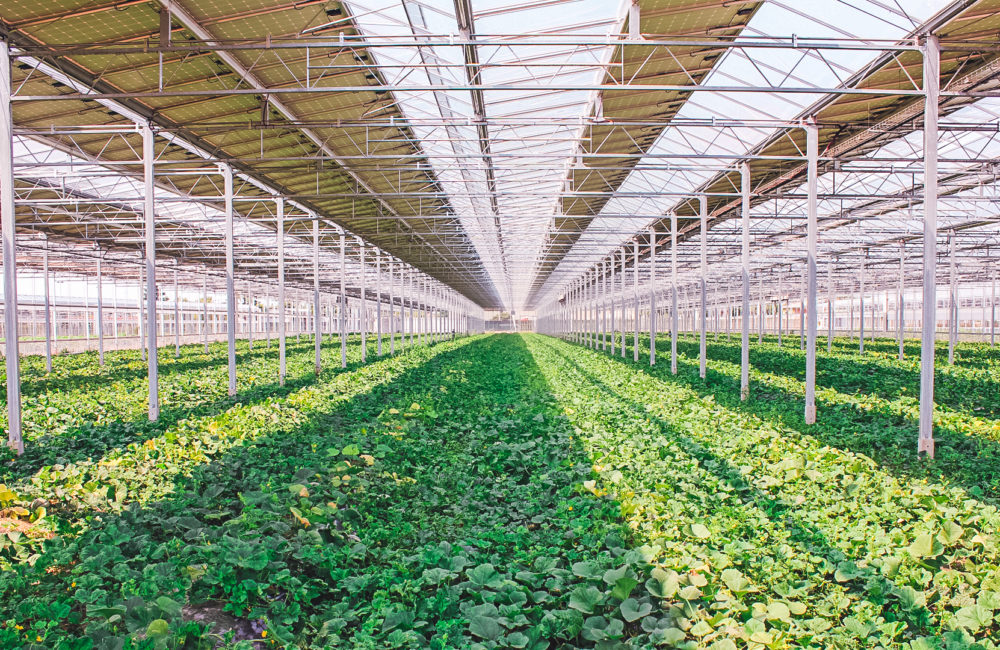
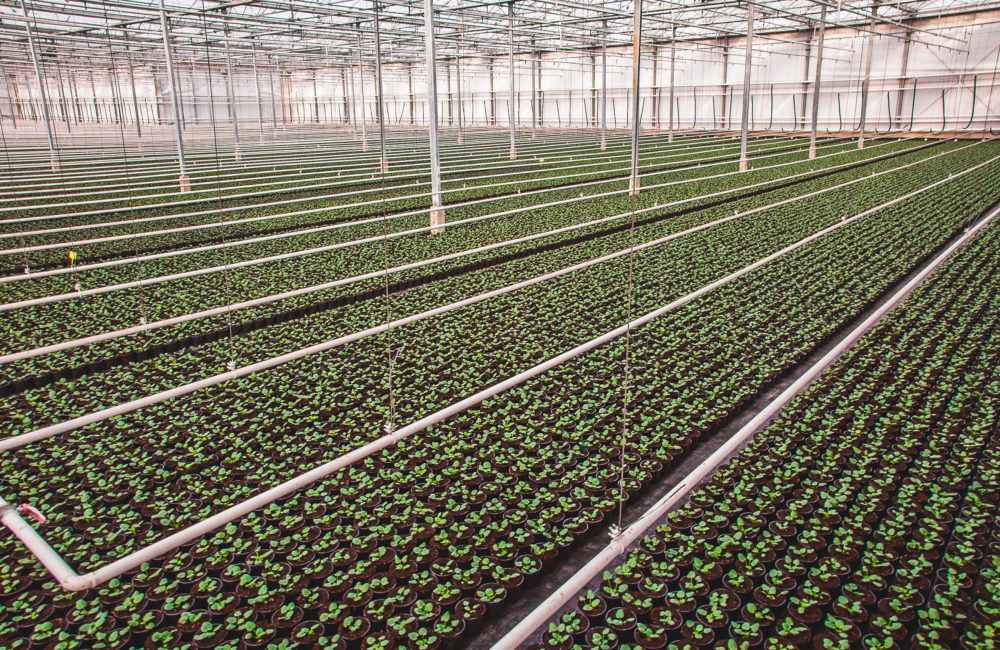
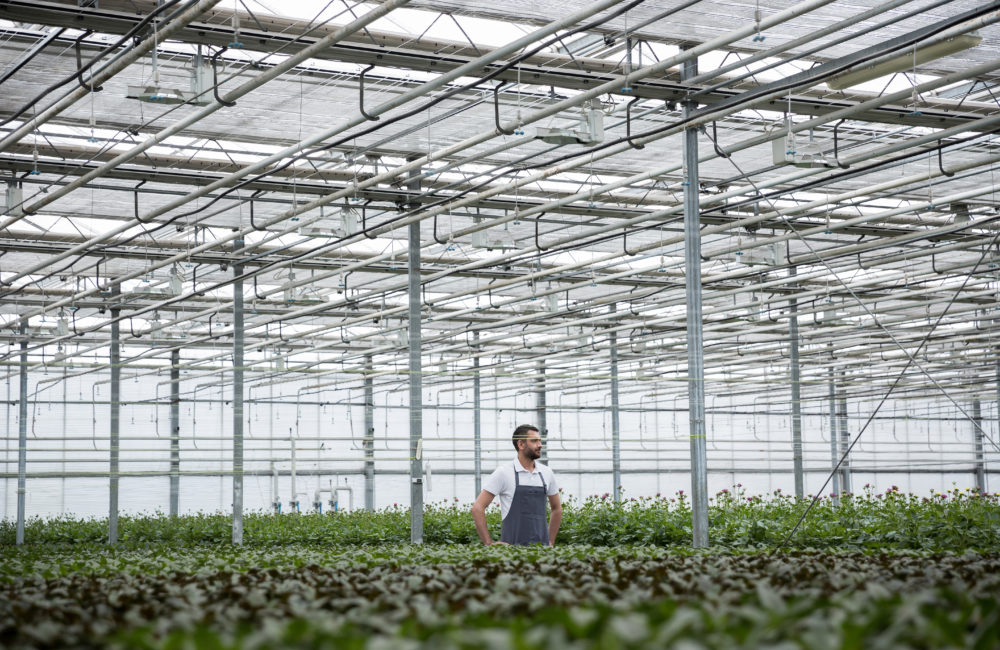
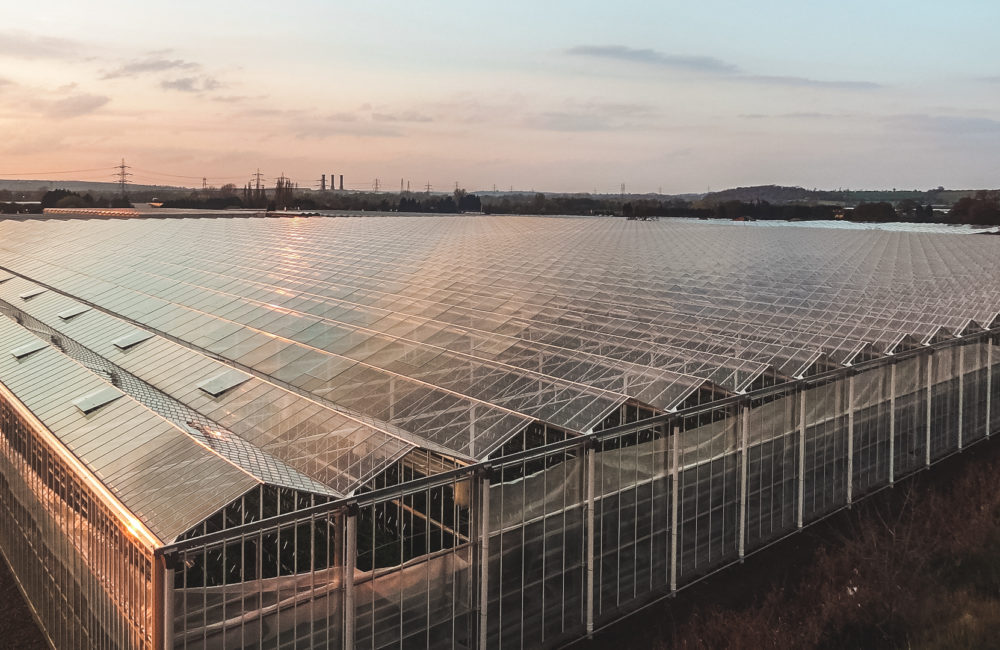
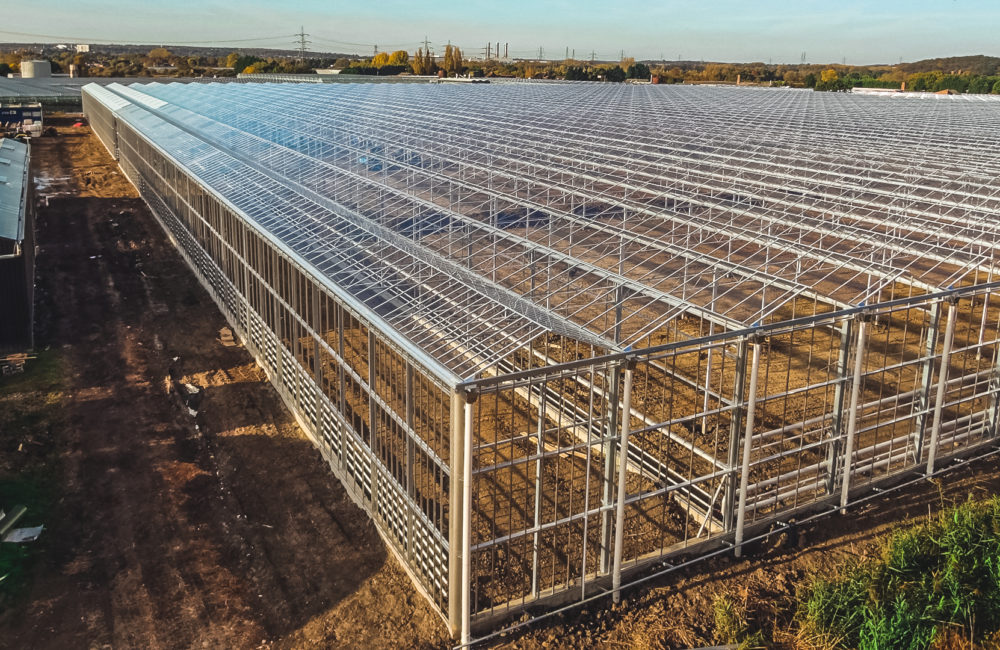
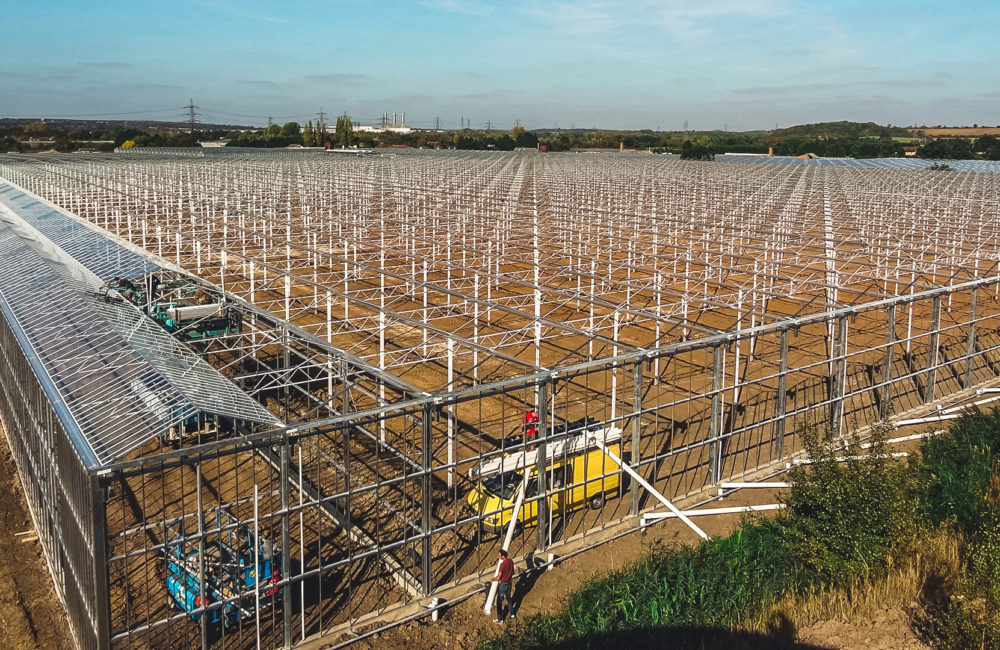
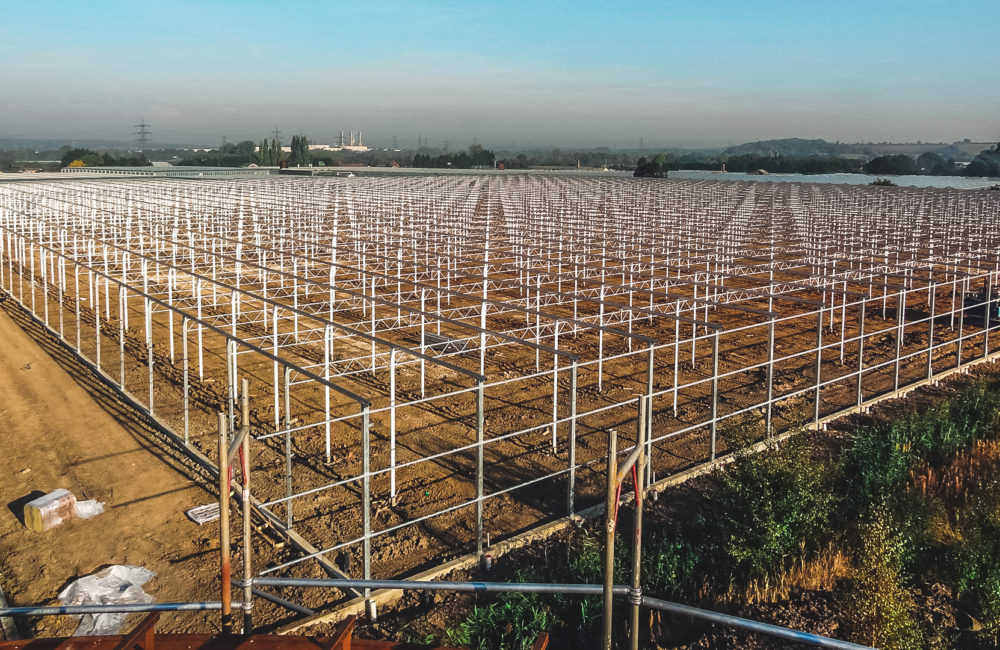
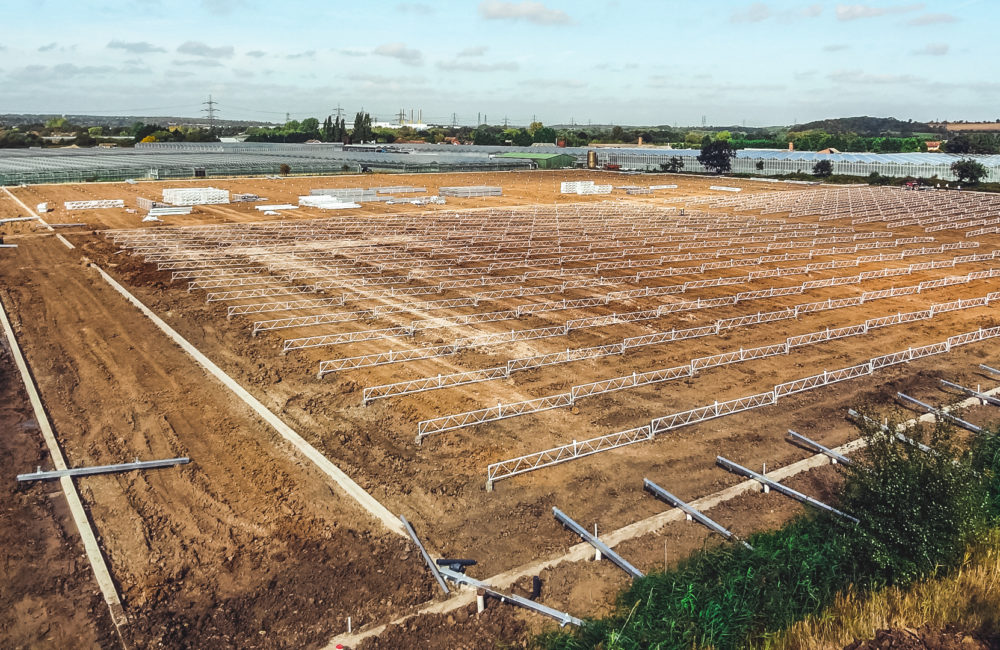
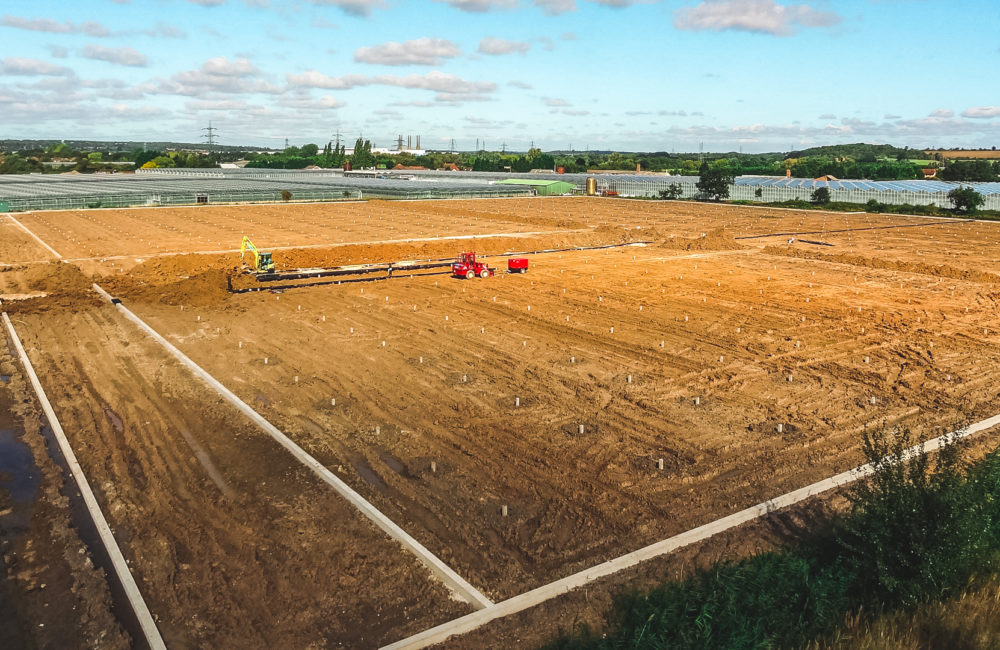
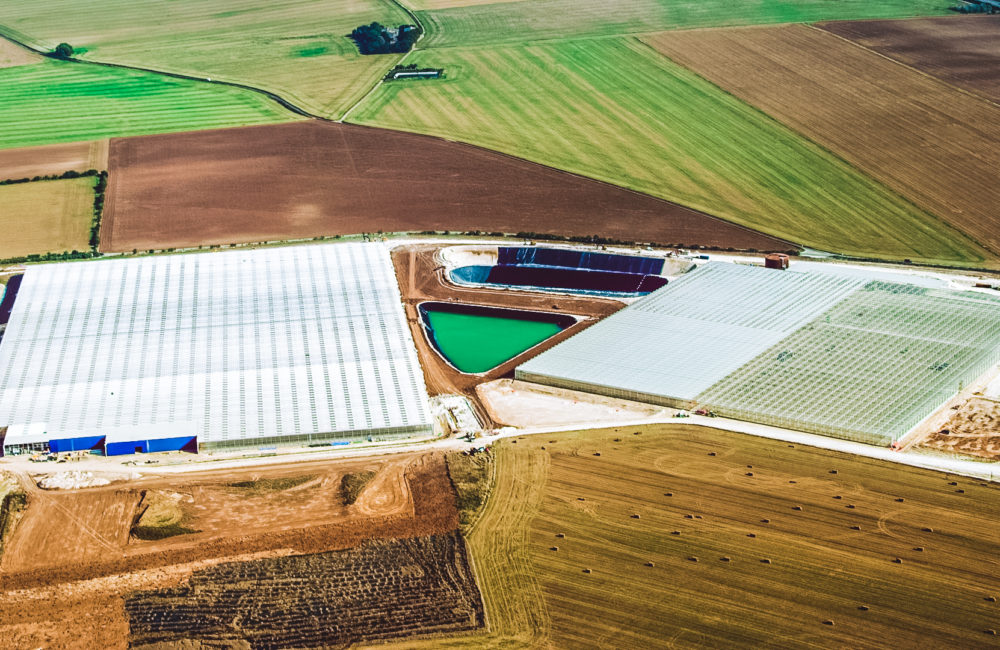


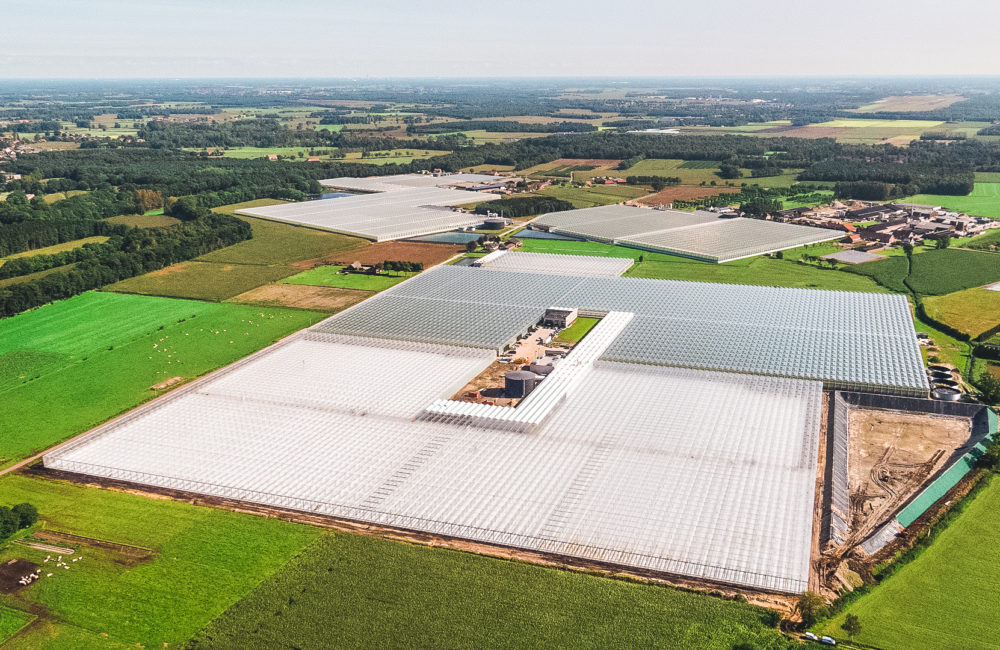
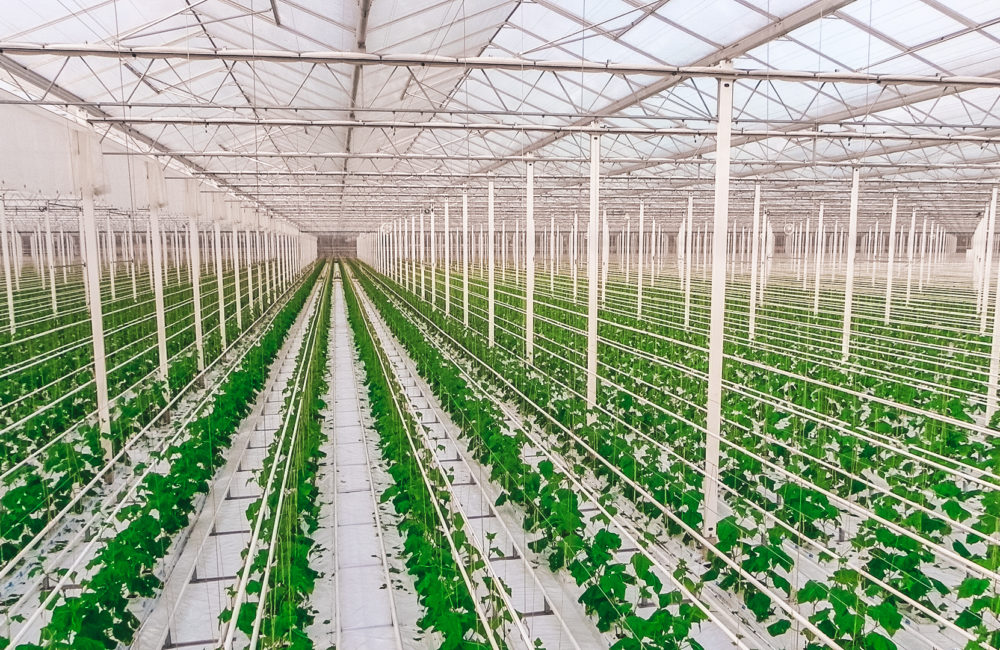

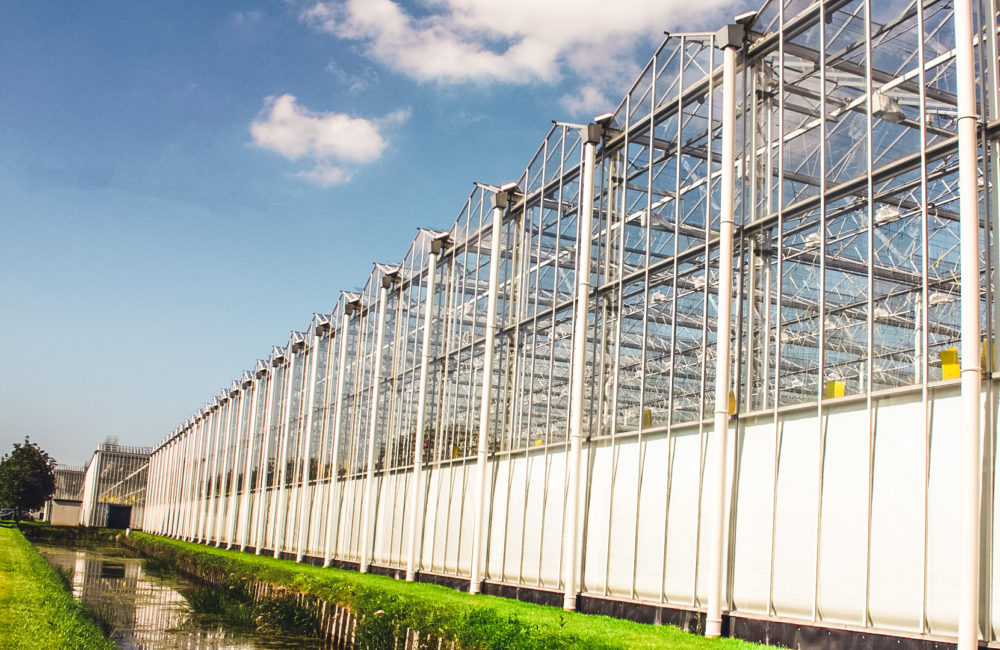
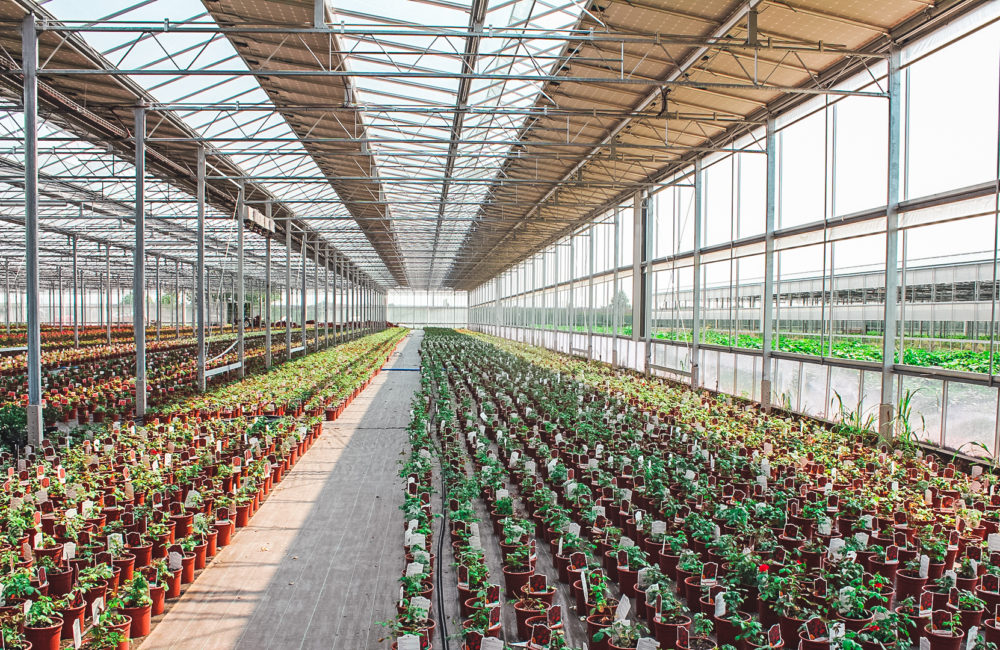
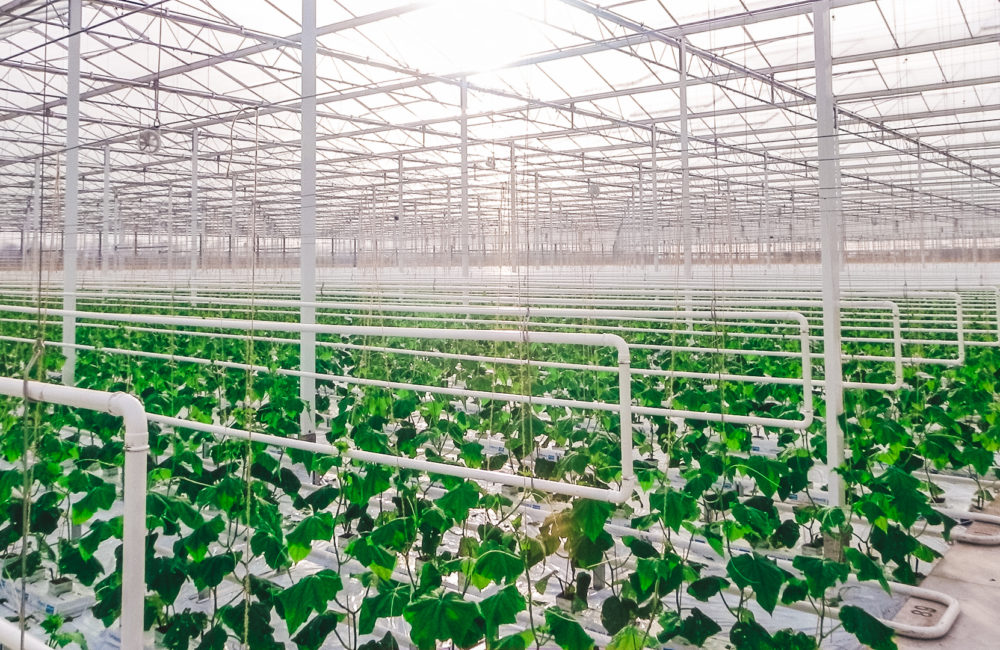
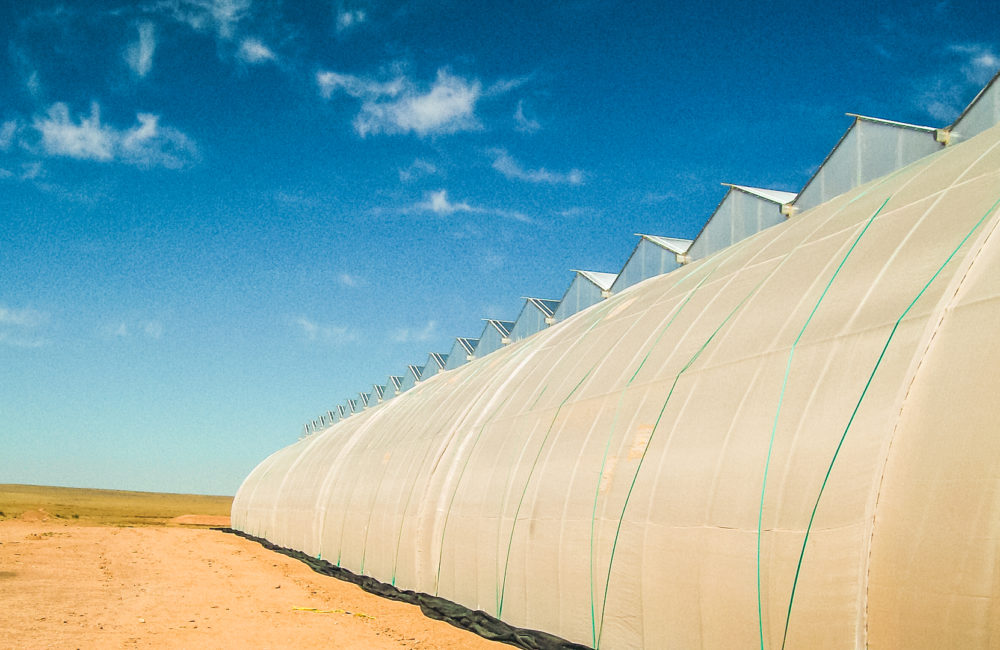
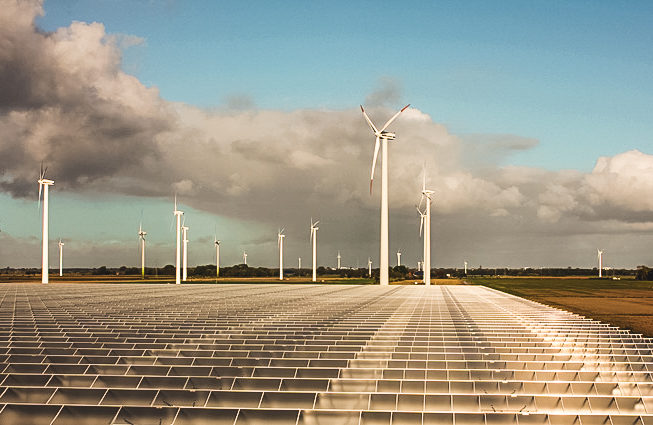
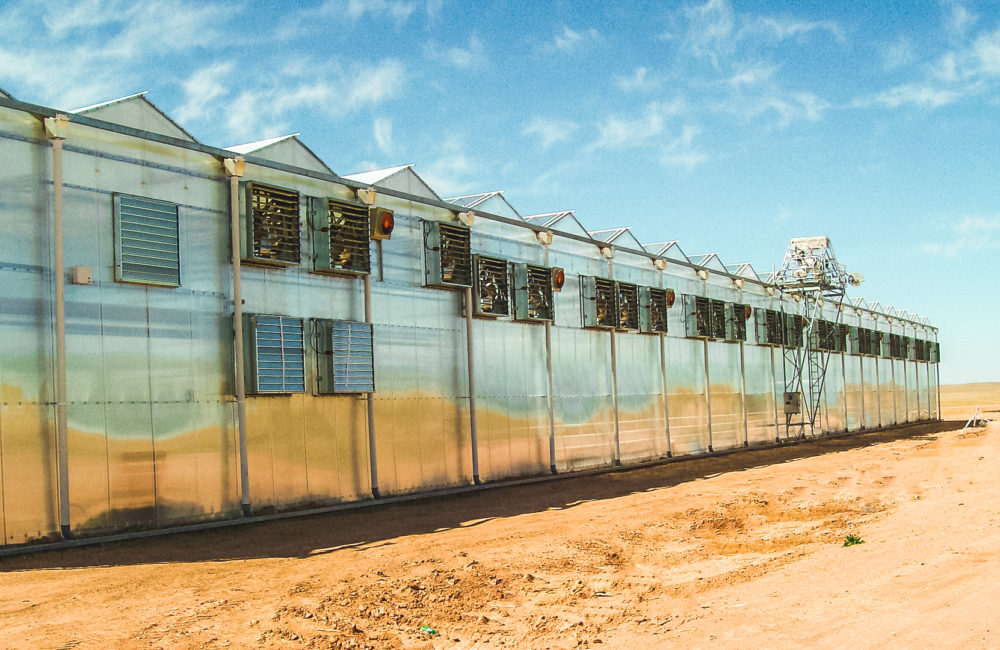

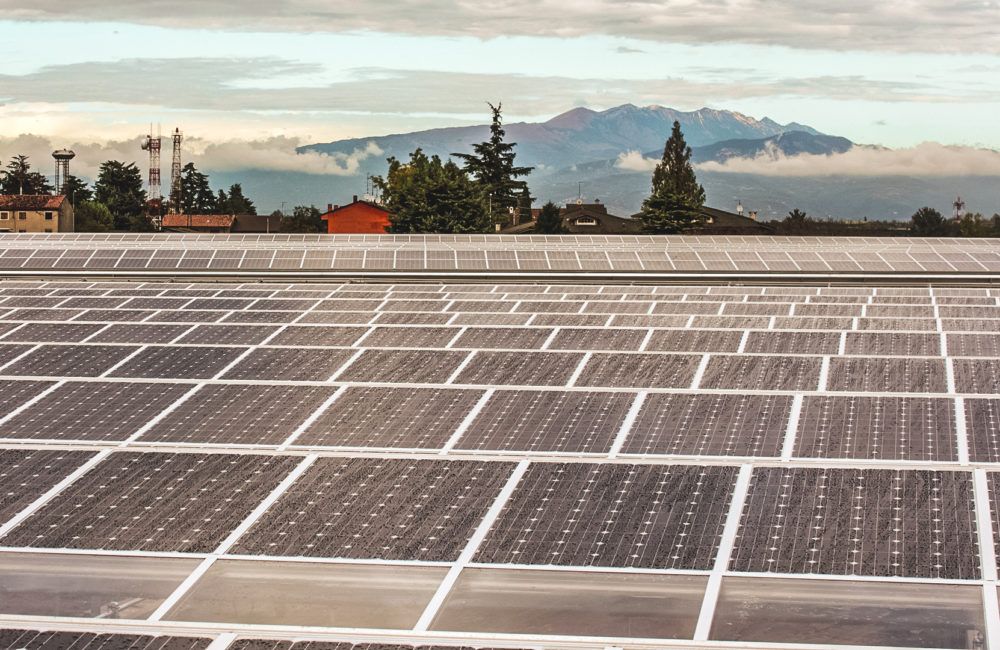
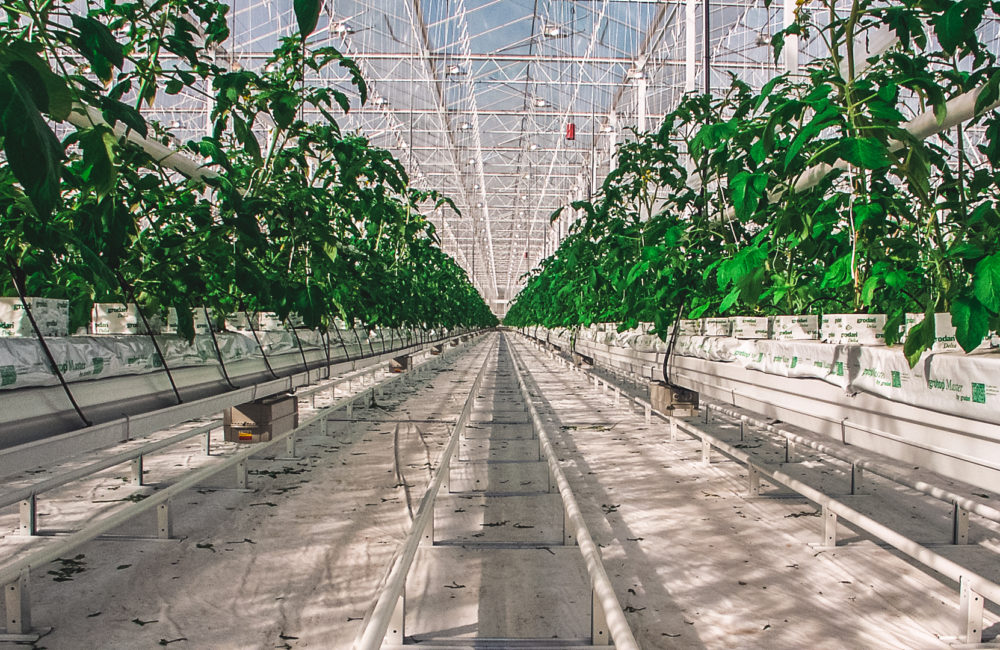
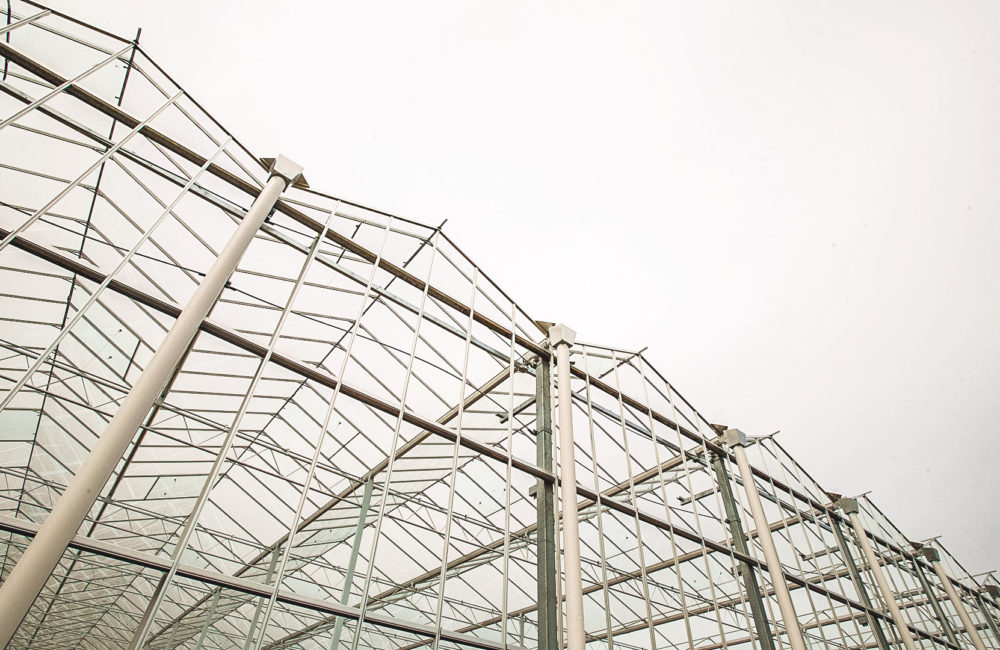


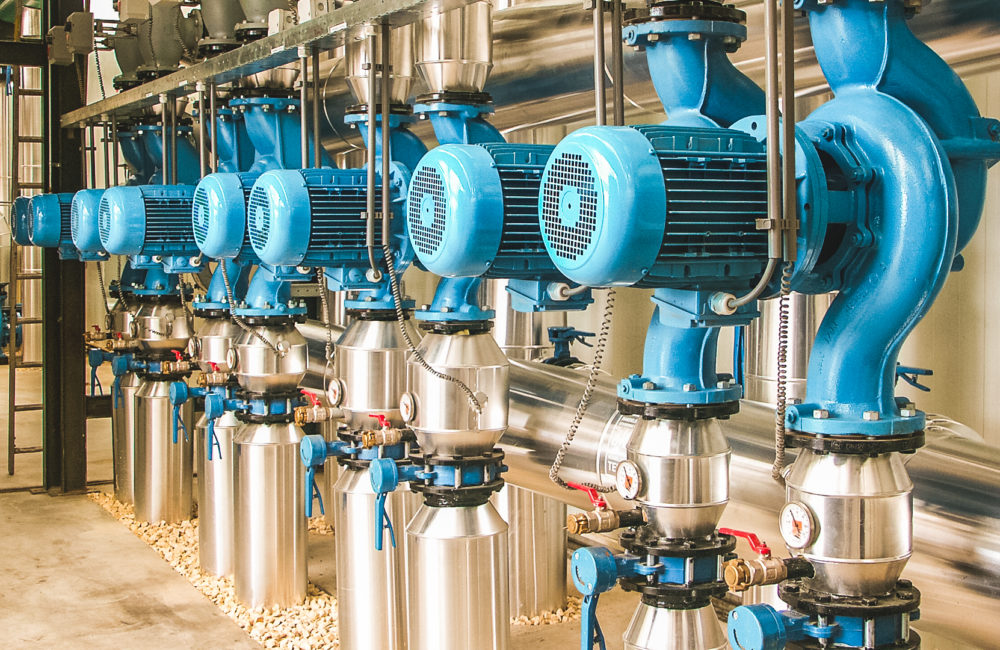
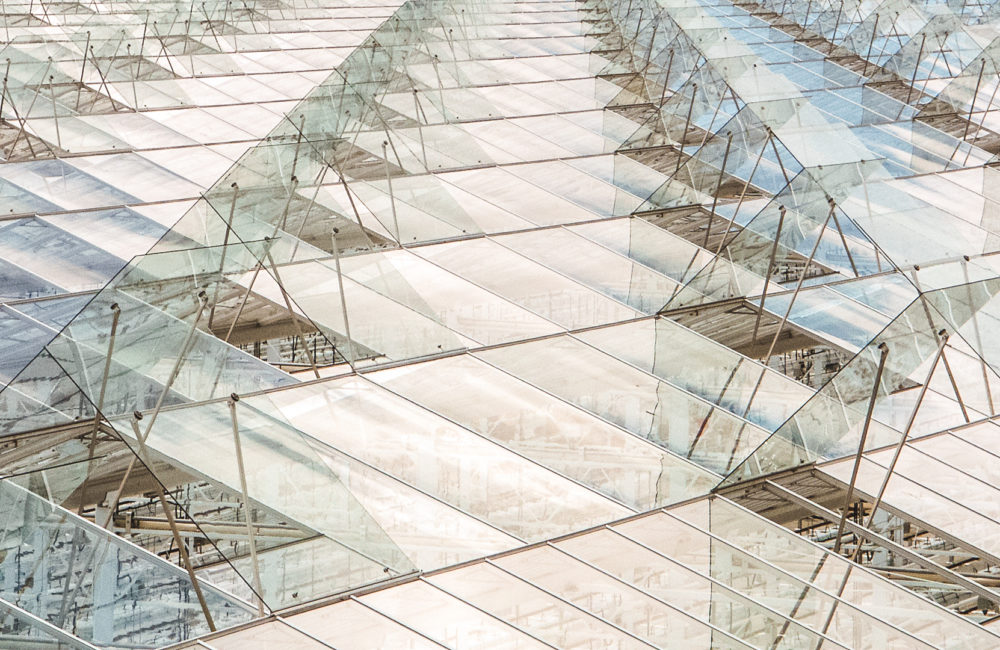
What Are the Benefits of Controlled Environment Agriculture?
- Low Water Consumption
- Cleaner Growing Practices
- Better Location and Distribution to Cities
- No Usage of GMOs Necessary
- Consistent Availability


























































What Are the Benefits of Controlled Environment Agriculture?
- Low Water Consumption
- Cleaner Growing Practices
- Better Location and Distribution to Cities
- No Usage of GMOs Necessary
- Consistent Availability
Every day in the greenhouses is July 27th.
Temperature, humidity, carbon dioxide, light, nutrition density, and nutrient pH (acidity) are all controllable making everyday in the greenhouses July 27th (the best day for farming in New England).
Every day in the greenhouses is July 27th.
Temperature, humidity, carbon dioxide, light, nutrition density, and nutrient pH (acidity) are all controllable making everyday in the greenhouses July 27th (the best day for farming in New England).

The greenhouses leave near a zero carbon footprint.
The facility will also use solar and other “green” energy components to meet utility needs. Thus providing a low cost way to meet environmentally sustainable goals; specifically geothermal, solar and a bio-digester.

The greenhouses leave near a zero carbon footprint.
The facility will also use solar and other “green” energy components to meet utility needs. Thus providing a low cost way to meet environmentally sustainable goals; specifically geothermal, solar and a bio-digester.
